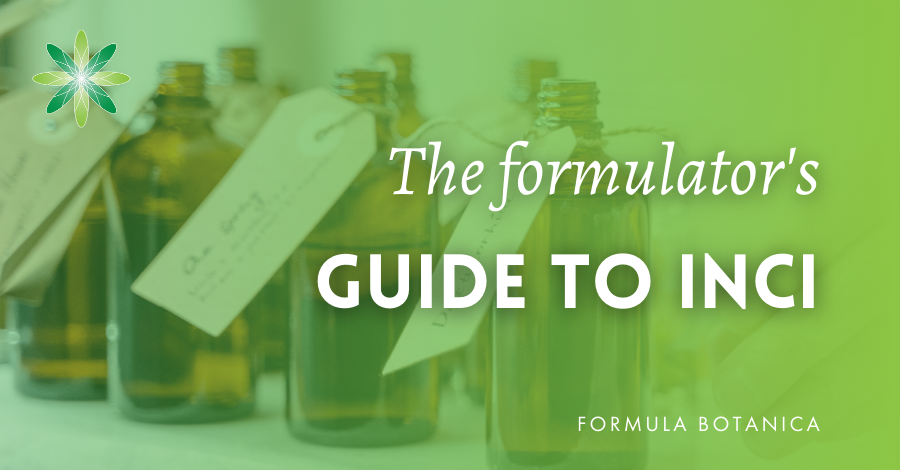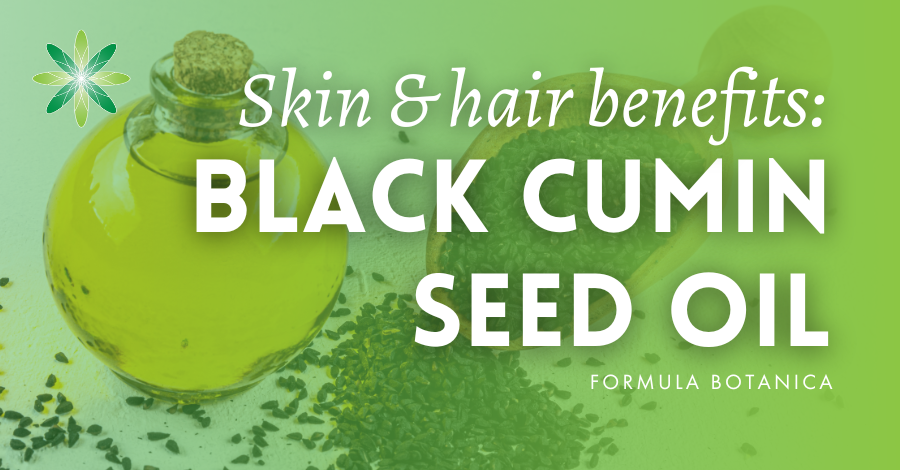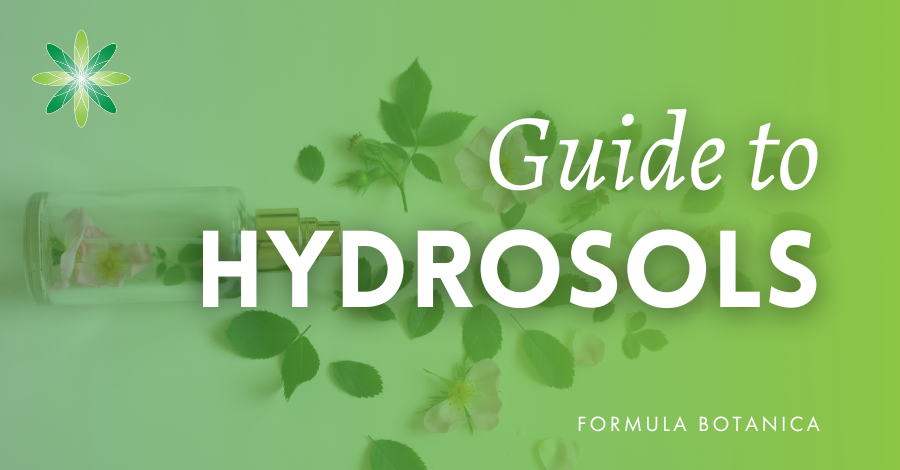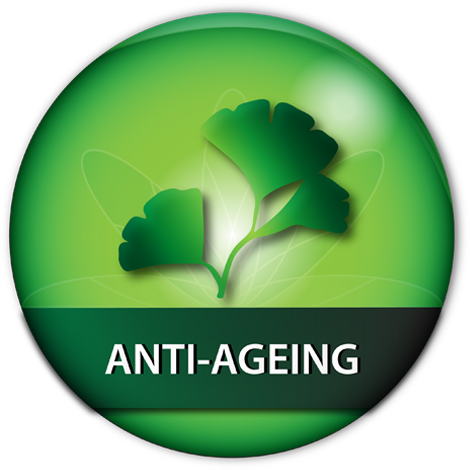Last year (2016) a blog post was published titled “Why using oils and balms are actually ruining your skin”. This article scared many organic skincare formulation students, who are often big fans of oils and balms.
The article uses some facts about the skin structure and references a few scientific articles, all written by the same group of researchers, to conclude that applying oils and balms accelerates the ageing of the skin and damages the skin.
You can imagine what an earthquake this blog post caused in our global community of organic cosmetic formulators. We saw many formulators panicked by this blog post because they either use oils and balms for their own skin, or their formulate professional cleansing and care oils and balms to sell to the public.
We received numerous messages about this blog post from all over the world and from all types of interested parties: our own students, beauty bloggers, retailers, etc. Although it is not Formula Botanica’s policy to police the internet and to comment on individual blog posts, this blog post was so shocking and the number of requests asking us for a comment were so high that we decided to analyse this post and issue our commentary as to why oils and balms are not ruining the skin.
This is our rebuttal. As Formula Botanica prides itself on being an evidence-based institution, we have prepared this rebuttal by using scientific references and data which are all listed below.
Our Rebuttal
Although the blog post in question uses peer reviewed articles and scientifically acknowledged books as references, we have several objections to the article and the way it uses scientific research to come to the wrong conclusion. We are going to go through this research one point at a time and clarify exactly why we have come to our conclusions.
1. Cosmetics are not pharmaceuticals
The first point is probably also one of the most important ones we’ll make in this article. Many formulators (including those who study with us at Formula Botanica) initially come to the world of organic cosmetics because they want to cure and heal skin conditions. However, a cosmetic product is not a medicine – the law in every country prevents you from making links between those two very separate classifications.
In this particular article, the author mentions:
“upon presentation to our clinic, they present with an aging and inflamed skin. Their skin carrier is majorly impaired and they are rapidly ageing.”
We are not entirely sure whether the clinic in question is an aesthetician’s clinic or a dermatological clinic and we are not clear from the article how it is determined that the customer’s/patient’s skin is suffering from an impaired barrier.
If it’s an aesthetician’s clinic, then it is unclear how the customer’s skin barrier has been damaged and what the comparison is to an undamaged barrier.
If it’s a dermatology clinic, then this is where sick people seek medical advice and cosmetics have no place here. Although cosmetic marketing very often trespasses into the territory between drugs and cosmetics with non-realistic and exaggerated claims, a cosmetic product is not used to heal skin conditions in any type of clinic.
Is the author talking about people seeking medicinal advice who have clinical problems or is this the everyday customer complaining about some wrinkles and bumps and occasional red spots, dry scales and irritation on the skin? There is a fundamental difference between these two situations, which will make a difference to the creams prescribed for the skin.
It’s important to remember however, that most people using oils and balms won’t have medicinal or aesthetic problems with their skin – they just enjoy using nice cosmetics. Cosmetics are not pharmaceutical products and if anyone has inflamed skin or an impaired skin barrier, then this is a medical issue and not a cosmetic one. Using balms and oils on an inflamed or impaired skin barrier may indeed not be the best course of action, but that is not of concern to a cosmetic formulator.
2. Oils and balms do not stop or reverse the barrier repair process
The lipids in the stratum corneum (the top layer of the skin) contain approx. 50% ceramides, 35% cholesterol and 15% free fatty acids. When the skin ages or shows a damaged barrier, the content, composition and ordering of these lipids changes. We also see other skin factors change, such as a reduction of urea in the natural moisturising factor (NMF) naturally found in the skin.
The author then correctly states that all of the studies mentioned make it clear that an optimum skin barrier preparation should have a similar composition to the lipids found in the stratum corneum. We acknowledge that these studies do indeed make that statement.
However, it is important to note that all of these studies are performed on extremely (and intentionally) damaged skin, which is not the focus of a cosmetic formulator. Most of the cited studies are performed on animals where their skin was intentionally damaged by applying acetone or other chemicals over the skin. We don’t dispute the results of these studies, we instead dispute their extrapolation to a cosmetic used on normal, healthy skin.
In fact, only one of the cited studies concerns a normal (young or ageing) skin condition. In this study, the author2 concludes that applying a formulation containing 40% of a vegetable oil or 40% mineral oil have the same effect in increasing skin permeability (weakening the barrier effect). However, she doesn’t reveal the rest of the formulation or the nature of the vegetable oil. In the same article however, application of a bath oil in water has proved to improve barrier function of damaged skin.
The authors of these studies (who are basically the same group of authors) emphasise that an optimal barrier repair preparation should achieve a certain balance of free fatty acids, ceramides and cholesterol. They found during their research that if one or two of these components are applied over damaged skin, the barrier repair is slowed down compared to studies where they have applied an optimum composition of all their components.
In other words, when treating damaged skin, formulations that contain an optimal balance of free fatty acids, ceramides and cholesterol repair the skin barrier faster than those that have a less optimal balance. There are two very important points to note here:
- These scientific studies do not discuss cosmetics, they are instead focused on damaged skin being treated expediently with pharmaceutical products.
- None of these studies include the claim that the barrier repair process is completely stopped or reversed if plant oils or balms are applied over skin.
3. Plant oils do not contain a high percentage of free fatty acids
A plant oil or butter (or a blend) will not contain high concentrations of free fatty acids. The free fatty acid content of an oil or an oily preparation is a sign of its decomposition. Plant oils and butters are mainly composed of triglycerides. Free fatty acids are formed during the hydrolytic degradation of triglycerides and the free fatty acid content of an oil or butter is a monitor of its quality. Free fatty acids are a component of stratum corneum lipids but this doesn’t mean that the oils and butters we apply to the skin contain free fatty acids.
The author mentions that C10/C11 free fatty acids are too short to offer barrier-repair function – this statement comes from a research paper titled “Barrier-repair therapy for atopic dermatitis: corrective lipid biochemical therapy“.
Odd numbered fatty acids are extremely rare in nature and C11 (undecanoic acid) is one of those extremely rare fatty acids. Look at the fatty acid profile of your fats and oils. Except for babassu and coconut oil (and a few others), which are unique in that they contain short chain fatty acids such as C10 (capric acid), all other plant oils and butters contain fatty acids with a carbon chain higher than C12 (lauric acid) and mainly contain even numbered fatty acids (C12, C14, C16, etc.)
This particular fatty acid (C11), is either synthetic or is derived from castor oil. It is used as a fungicide but that is out of the scope of this discussion. As a chemist who works with fats and oils on a daily basis, I honestly do not know of any plant oil or butter with a high content of a C10/C11 fatty acid.
Most cosmetic oils and butters do not contain short chain free fatty acids, which again puts them out of the scope of this discussion. Although certain oils such as coconut oil will fall in this bracket, it is unfair to tarnish every oil and butter with this brush.
Usually, the oils and fats used by cosmetic formulators contain fatty acids such as oleic acid, linoleic acid, palmitic acid and stearic acid as triglycerides. All of these fatty acids either form a significant component of free fatty acids in the stratum corneum and/or play a significant role in its barrier function. This is not mentioned in the blog post.
But even for those few oils that do contain short chain fatty acids, it is important to note that all good quality oils contain no more than a very low concentration of free fatty acids. Even more importantly, oils do not only contain fatty acids. The pure, virgin and unrefined oils and butters used by many organic skincare formulators are rich in phytosterols and other unsaponifiables which can improve the barrier function of the stratum corneum7,8.
Pure, virgin and unrefined oils are a perfect example where the whole is greater than the sum of its parts. And this “whole” can deliver plenty of benefits to your skin. Once you start refining oils, that’s when you’re left with few beneficial properties for the skin.
4. Ceramide composition varies throughout the body
Scientific research has revealed much information to us about the composition of the stratum corneum. To date, more than 15 classes of ceramides (about 1,000 different ceramides in total) are known to be present in the stratum corneum.
And as if this is not confusing enough, researchers have found that the lipid-to-protein ratio varies in different body parts. The stratum corneum of the hands for example has a higher lipid-to-protein ratio compared to the stratum corneum of the legs and the face.
Even more interesting, the ceramide composition and content varies according to different parts of the body. The ceramide content in the stratum corneum of the lower legs, forearms, upper arms and scalp is higher for instance compared to the stratum corneum of the palms, fingers, lips, cheeks or back of the hands.
So if the theory were correct that we need formulations with the exact composition of the stratum corneum lipids to create an effective skincare product with barrier protection properties, we would need individual formulations for the cheeks, lips, fore arms, legs, back of the hands, palms, fingers etc. and each product would need to be formulated following an exact determination of the stratum corneum’s exact lipid composition. I’m sure you understand that few (or no) formulators will want to go to this level of effort to prepare a cosmetic skin barrier formulation.
5. Emollients can improve hydration
When discussing the effects of emollients on skin hydration, the author mentions a study8 in which patients with psoriasis showed continued high abnormal moisture loss (despite visible relief of dryness symptoms) following the application of a cream that contained glycerin. The study also mentions kitchen workers and cleaners who saw similar results are treatment with a lipid-rich cream.
In this study, the kitchen workers and cleaners had extremely compromised skin and were treated alternatively with a commercial emollient and with no emollient in two week intervals. Obviously the participants of this study had symptoms such as itching, dryness, scaling, fissuring, erythema, vesiculation, and eczema before taking part, which again falls out of the scope of cosmetic formulations for healthy skin.
The study uses a preparation called Lacobase repair which is an Over The Counter (OTC) cream for damaged and compromised skin. The ingredients include:
Petrolatum, aqua, paraffin, paraffinum liquidum, glycerin, sorbitan oleate, carnauba, cholesterol, ceramide 3, oleic acid, palmitic acid, carbomer, tromethamine.
I read the article several times and I could not find a single statement about glycerin or the relationship between glycerin and damaged skin. The authors repeat several times that applying an emollient (and please note that this study only tested just one synthetic emollient base vs. no emollient) would be helpful in the prevention and improvement of skin conditions in cleaners and kitchen workers.
This is the researchers’ final statement in the study: “We conclude that the use of a moisturizer improves the skin hydration state among cleaners and kitchen workers, and that particularly workers with previous skin diseases should be encouraged to use emollients.” In other words, the emollients used in the study improved the skin’s hydration state.
Finally, in the very last paragraph, the blog post’s author writes:
“Using oils and balms isn’t good for your skin at all and created low grade inflammation. This is one of the reasons those who use natural ingredients often seem to age overnight. Suddenly they hit their late 40s and because they have been using oils as their moisturiser their skin had low grade inflammation for a long time. Inflammation ages you.”
There is no clinical or even cosmetic proof for this statement. Inflammation and ageing are two completely different processes (although inflammation can cause premature ageing) and it is not possible to make such a link without evidence-based research to back it.
Although we do not believe that applying only oils and balms (without using water-based formulations or emulsions) is a suitable skincare strategy for all skin requirements, we do not agree with the core message of this blog post which is why we have written this rebuttal.
Formula Botanica’s Advice on using Oils and Balms
We recommend that our students and followers carefully study their ingredients. We recommend that all formulators look closely at the overall combination of ingredients in their formulations and the interaction between individual ingredients as well as the effect of the carrier/vehicle. Furthermore, we recommend considering skin conditions, climatic impact and requirements imposed by gender, age, medication, etc. when formulating skincare products and avoiding a one-for-all mindset.
However, there are enough studies that indicate that a well-formulated skincare product, even without having an certain composition of ceramides-cholesterol-free fatty acids or even without incorporating any of these three components of the stratum corneum lipids, can significantly improve the barrier function of the skin1,9.
Although certain formulations and compositions can accelerate the improvement of the barrier function, there are no significant and credible studies which prove that, as a general rule, applying oils and balms might compromise your skin’s barrier function and damage the stratum corneum of a healthy skin.
Our advice is: use your lovely virgin oils and balms, while making sure that you consider all the factors involved in maintaining a healthy skin when you are formulating cosmetics.
References
- Blaak, J., et al. “A plant oil‐containing pH 4 emulsion improves epidermal barrier structure and enhances ceramide levels in aged skin.” International journal of cosmetic science 39.3 (2017): 284-291.
- Lodén, Marie. “Treatments improving skin barrier function.” Skin Barrier Function. Vol. 49. Karger Publishers, 2016. 112-122.
- Pappas, Apostolos. “Epidermal surface lipids.” Dermato-endocrinology 1.2 (2009): 72-76.
- Skin Barrier Function, Agner T. Karger AG, Basel
- Surfactant science series, Vol. 82. Handbook of detergents, Part A: properties, G. Broze, Marcel Dekker Inc.p.439
- Sultana, Yasmin, et al. “Effect of pre‐treatment of almond oil on ultraviolet B–induced cutaneous photoaging in mice.” Journal of cosmetic dermatology 6.1 (2007): 14-19. (sorry, this study is carried out on mice. Although we do not advocate or approve animal testing, we found the results interesting enough to be shared)
- Puglia, Carmelo, and Francesco Bonina. “In vivo spectrophotometric evaluation of skin barrier recovery after topical application of soybean phytosterols.” Journal of cosmetic science 59.3 (2007): 217-224.
- Halkier‐Søsensen, Lars, and Kristian Thesirup‐Pedersen. “The efficacy of a moisturizer (Locobase) among cleaners and kitchen assistants during everyday exposure to water and detergents.” Contact Dermatitis 29.5 (1993): 266-271.
- Gehring, Wolfgang, et al. “Effect of topically applied evening primrose oil on epidermal barrier function in atopic dermatitis as a function of vehicle.” Arzneimittelforschung 49.07 (1999): 635-642.
Leave us a comment

Dr. Elham Eghbali was Formula Botanica’s Cosmetic Chemist between 2014 and 2018. She has over 20 years’ industry experience and is based in Bavaria, Germany. To read more about Formula Botanica’s team, visit our staff page.




























